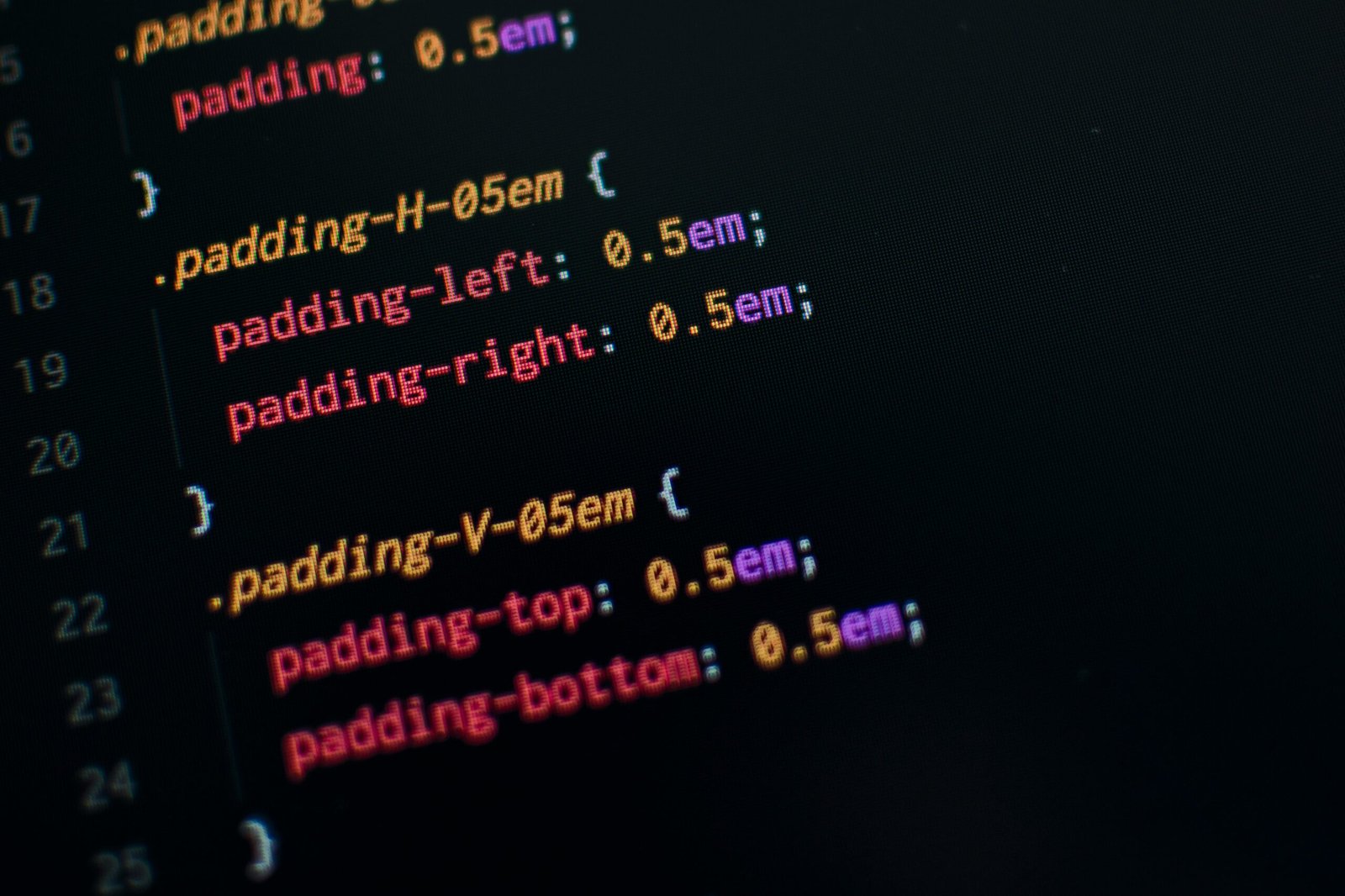Introduction
In the field of physics, the theories of relativity and classical mechanics have long been regarded as two separate frameworks for understanding the laws of motion and gravity. While classical mechanics, as formulated by Sir Isaac Newton, has proven to be highly effective in describing the motion of objects in everyday scenarios, it fails to account for certain phenomena at extreme speeds or in the presence of strong gravitational fields. On the other hand, Albert Einstein’s theory of relativity provides a more comprehensive and accurate description of these phenomena. However, in some instances, the equations of motion derived from relativity can be approximated by their Newtonian counterparts, allowing for more straightforward calculations and more accessible understanding. This article explores the Newtonian approximation of relativistic equations of motion and the connection to Einstein’s field equation.
Newtonian Approximation of Relativistic Equations of Motion
The concept of most minor action, which asserts that a particle’s path between two places in spacetime is the one that minimizes the action, is the basis for the equations of motion in the field of special relativity. Particles moving near the speed of light are described by the relativistic equations of motion, which include the well-known equation E=mc².
Nonetheless, the Newtonian equivalents of the relativistic equations can be used to approximate the relativistic equations when the particle’s speed is substantially lower than the speed of light. This is known as the Newtonian approximation. In this regime, the equations of motion derived from classical mechanics, such as Newton’s second law F=ma, can be used to describe the motion of objects with sufficient accuracy.
Take into account, for instance, a particle of mass m travelling at a speed of v within a gravitational field that is characterized by a potential Φ. In the relativistic framework, the equation of motion for this particle would involve terms related to the Lorentz factor and the curvature of spacetime. However, in the Newtonian approximation, these terms can be neglected, and the equation of motion simplifies to Newton’s second law:
F = ma
where a is the particle’s acceleration and F is the net force acting on it. This approach is valid when the particle’s velocity is substantially less than the speed of light.
Einstein Field Equation and the Newtonian Limit
One of the key equations of general relativity, the Einstein field equation, defines how spacetime curves when matter and energy are present. It connects the geometry of spacetime to the distribution of matter and energy through a set of differential equations.
Interestingly, the Einstein field equation reduces to the Poisson equation from classical mechanics in the Newtonian limit. The Poisson equation relates the gravitational potential to the mass distribution in a system. In this limit, the effects of strong gravitational fields or high speeds are negligible, and the curvature of spacetime can be ignored.
By taking the appropriate limit, the Einstein field equation can be approximated by the Poisson equation:
∇²Φ = 4πGρ
where ∇²Φ represents the Laplacian of the gravitational potential Φ, G is the gravitational constant, and ρ is the mass density.
This approximation is valid in scenarios where the gravitational fields are weak, and velocities are much smaller compared to the speed of light. It allows us to use the familiar laws of classical mechanics to analyze and solve problems related to gravity.
Conclusion
The Newtonian approximation of relativistic equations of motion and the connection to the Einstein field equation provide a bridge between the worlds of classical mechanics and general relativity. While classical mechanics and Newton’s laws are highly accurate in everyday scenarios, understanding the limitations of these laws and the need for a more comprehensive framework of relativity is crucial in exploring the behavior of objects at extreme speeds or in the presence of strong gravitational fields. The Newtonian approximation allows for more straightforward calculations and a clearer understanding of these phenomena while still capturing the essence of the relativistic equations of motion and the Einstein field equation.













+ There are no comments
Add yours